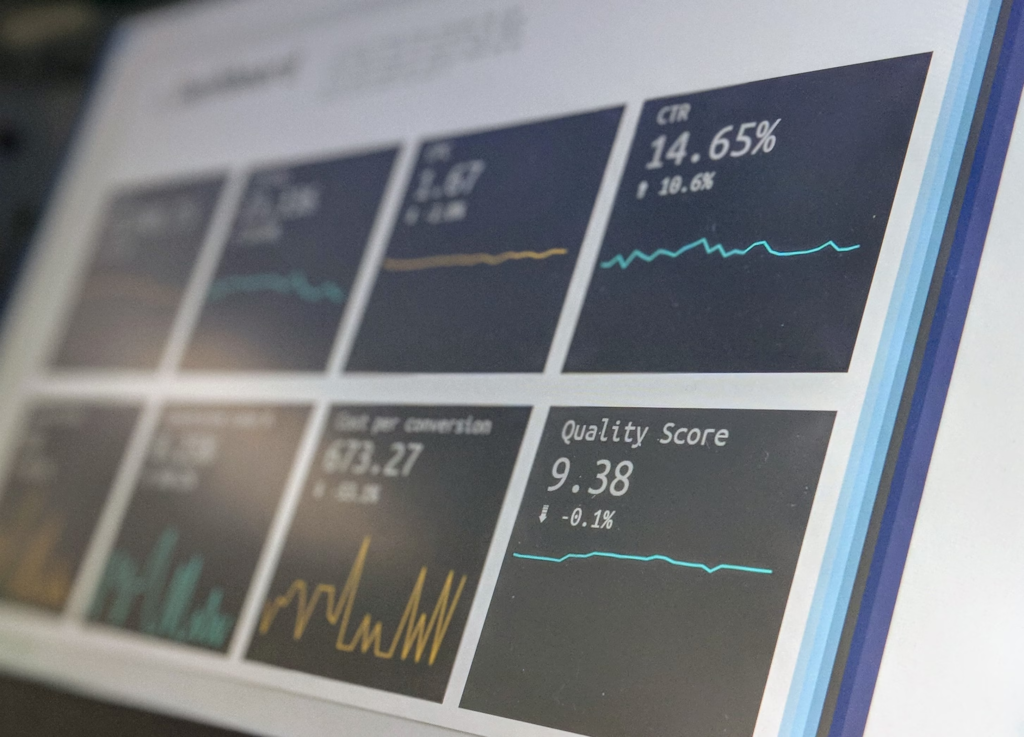Investment-Linked Products (ILPs) get a bad rep online, but honestly, a lot of the negativity comes from misunderstandings or hearsay. So, let’s break it down like we’re just chatting over coffee and figure out what’s really going on.
Two Types of ILPs: Know What You’re Talking About
First off, not all ILPs are the same. There are two main types, and they serve totally different purposes:
Insurance-Based ILPs: These are like a combo meal—you’re getting both investment and insurance. Your money gets invested into mutual funds to generate returns, and from your investment account, assurance charges are deducted to fund the insurance. This is why you can get high protection for a relatively low premium.
Pure Investment ILPs: These are more straightforward. Every dollar you invest goes into mutual funds from day one, but they offer very little insurance coverage—we’re talking 101% to 105% of the invested amount as a death benefit.
So, when people complain about ILPs, the first thing to ask is: which type are you talking about? They’re built for different goals, so it’s like comparing apples to oranges.
Comparing ILPs to DIY Platforms: Grab vs. Bus
A lot of the hate for ILPs comes from people comparing them to DIY investment platforms like Endowus or StashAway. But honestly, this comparison doesn’t make sense. It’s like comparing taking Grab to taking a bus:
- Grab: It’s more expensive and not as flexible if you want to change your drop-off point, but it’s convenient, fast, and gets you where you need to go with less hassle.
- Bus: It’s cheaper, has multiple stops, and lets you get off anytime you want. But you need to do your own research to figure out which bus to take and where to get off.
Some people might think, “Grab sucks because the bus gets me to the same place and is much cheaper,” but that’s ignoring the other benefits of Grab. And hey, I’m not just talking about transport here…
(I use both. If I’m familiar with the route and want to save money, I’ll take the bus. But if I’m in a foreign country and don’t want to waste time figuring out the bus system, Grab it is.)
Let’s Address Some Common Flames About ILPs

1. “My money is locked in. It’s not flexible.”
Yeah, I’ve heard this one too. Some people even go as far as saying, “It’s not my money until X years later.” And you know what? That’s kind of true… but there’s a reason for it.
ILPs are designed to help you stay disciplined and stick to your investment plan. It’s like signing up for a gym membership—you’re committing to your future self. Before even thinking about getting an ILP, ask yourself: why are you investing?
- Short-Term Goals: If you need flexibility, like saving for a car or a holiday, then an ILP probably isn’t for you. There are flexible platforms out there that suit short-term needs better.
- Long-Term Goals: If you’re planning for something big, like your kid’s university education in 18 years or your retirement, then an ILP makes more sense. It keeps you on track and ensures you have the funds when you need them. Most ILPs even have features like premium waivers, which waive off your premium if the policy owner is diagnosed with critical illnesses. This guarantees that the fund is there when you need it, no matter what happens during the premium years. These health risk diversifications are great for long-term plans and can’t be achieved using DIY investment platforms.
Also, did you know some ILPs offer flexibility? Features like investment top-ups (which aren’t locked in) and some Regular Single Premium (RSP) ILPs don’t have lock-in periods. Plus, some ILPs reward you with loyalty bonuses every year for staying invested. These features you won’t get on DIY platforms.

2. “The charges are too high.”
Ah, the classic complaint about fees. Let’s break this down.
- Fund Management Fees: Whether it’s an ILP or a DIY platform, you’re still paying fees for the mutual funds or unit trusts you’re invested in. That’s unavoidable because these funds need to be managed.
- Platform Fees: Here’s where the comparison gets interesting. DIY platforms usually charge 0.3% to 1%, while ILPs might charge around 3%. Sounds steep, right? But wait:
- Some ILPs have limited-term charges. For example, they might only charge fees for the first 10 years. Over a 20-30 year period, the average cost can actually be competitive compared to DIY platforms.
- With DIY platforms, the fees are a percentage of your total account balance and are charged perpetually. So, when your account grows significantly, even a 0.3% fee can add up. Meanwhile, ILPs stop charging after their limited premium term, saving you money in the long run without having to worry about charges eating into your investment in later years when you need the money the most.
- Don’t forget loyalty bonuses. Many ILPs reward you for staying invested, which is like earning interest on a savings account. DIY platforms don’t offer this. In fact, they keep charging you perpetually.

3. “Agents earn high commissions, and I’m funding their lifestyle.”
Okay, this one makes me laugh a little. Yes, agents earn commissions, but let’s think about this:
- You’re Paying for a Service: Agents help you navigate your financial goals, tailor a plan to your needs, and provide ongoing support. They’re not just selling a product and disappearing—they’re there to help you for the long haul.
- DIY Platforms Have Costs Too: Platforms like Endowus and StashAway also pay their employees—their salaries and bonuses come from the fees you’re paying. The difference is, with ILPs, those costs are structured as commissions for agents.
At the end of the day, it’s about the value you’re getting. If the ILP delivers good returns and helps you meet your goals, does it really matter how the compensation is structured?

4. “ILPs never make money.”
This one’s just a simplistic way of judging a complex situation. First off, what kind of ILP are you referring to? Is it insurance-based or pure investment ILP?
- Insurance-Based ILPs: The main purpose here is to provide protection with a low premium by leveraging market growth to fund insurance costs. As you grow older (50 and above), assurance charges increase, which may eat into your investment. The key here is understanding that the primary purpose is insurance, not growing your money like a traditional investment.
- Pure Investment ILPs: The performance of these ILPs depends on the funds you choose and how long you stay invested. Are you picking high-risk or low-risk funds? Low-risk funds are stable but have lower returns, while high-risk funds have higher potential but greater volatility. Also, sector-focused funds (like tech or real estate) behave differently from economy-focused funds (like China or India). For example, it’s less likely for an economy-focused fund to default (e.g., “can China default?”). If the market performs well, your ILP’s investments will too. The key is having realistic expectations and a long-term perspective.
So, Are ILPs Worth It?
A lot of the hate for ILPs comes from people focusing on the downsides without understanding the upsides. It’s important to look at the big picture and think about what you actually need.
Ask yourself:
- What’s my goal? Short-term or long-term?
- Do I want added features like insurance protection?
- Do I want to diversify part of my portfolio to manage health-related risks?
- Am I looking for a disciplined way to save and invest?
ILPs aren’t perfect, but they’re not the devil they’re made out to be either. Just like with Grab and buses, it’s about picking the right tool for the job. Do your homework, weigh the pros and cons, and choose what works best for you. And if you’re still not sure, feel free to reach out to me for a chat.




